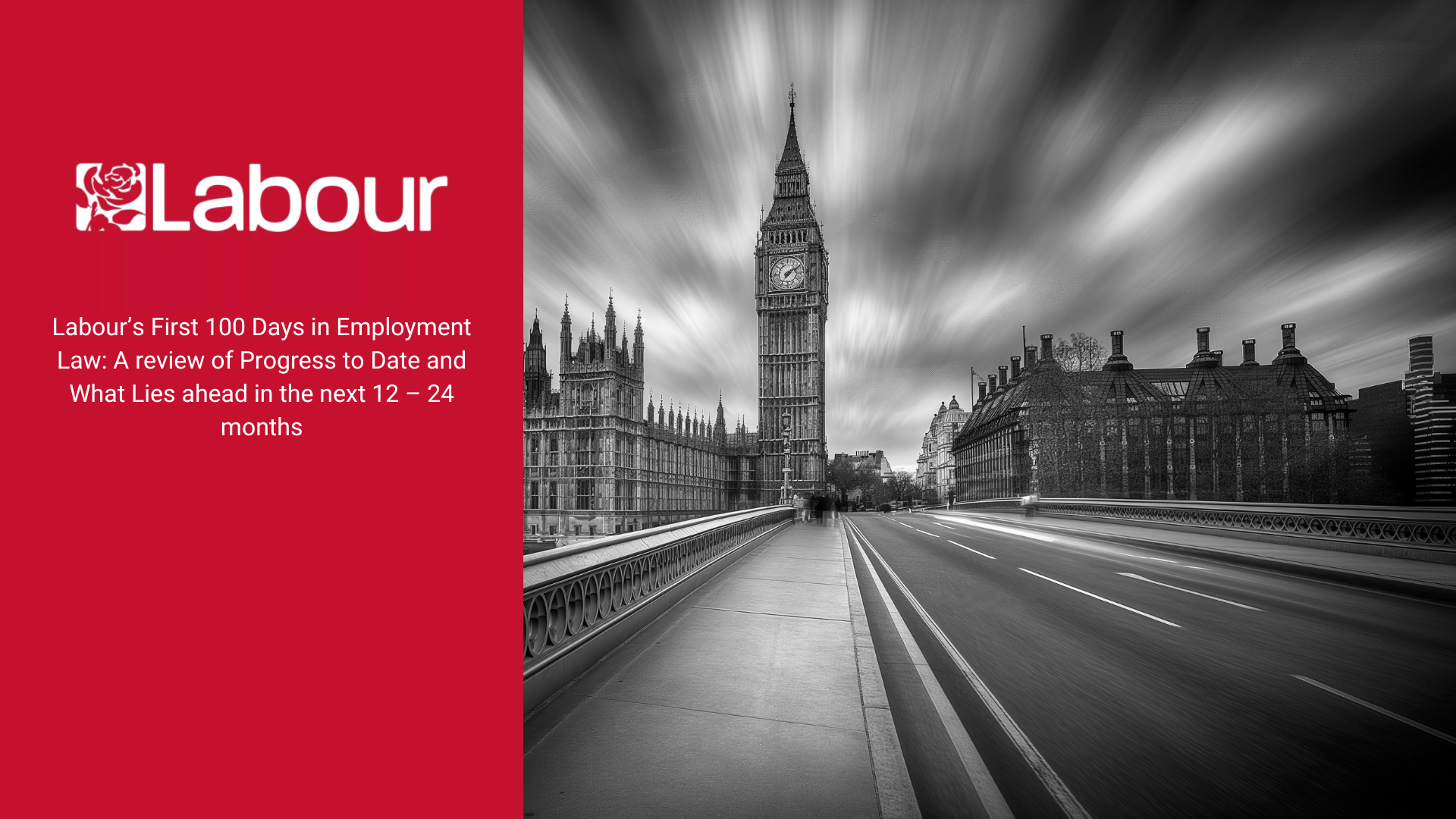Dyslexia discrimination in the workplace
It’s estimated that 1 in 10 people in the UK are dyslexic. As a result dyslexia discrimination can and does occur at work, which can cause unwarranted stress for the victims.
What is dyslexia?
Dyslexia is a learning disorder that affects reading and writing skills. Dyslexic people may sometimes have difficulty processing and remembering information they see and hear.
Other characteristics of dyslexia include difficulties with phonological awareness (noticing the sounds that make up words), verbal memory, and verbal processing speed.
It can also cause issues with aspects of:
- language
- motor co-ordination
- mental calculation
- concentration
- personal organisation.
No two dyslexic individuals will share the exact same issues and challenges, especially as dyslexia can vary in severity.
Many people with dyslexia are highly intelligent and may exhibit strong proficiency with other skillsets valued in the workplace.
Types of dyslexia discrimination at work
The Equality Act protects against workplace discrimination in several forms:
Direct discrimination
This is when someone is treated unfairly because of a protected characteristic. This includes someone with a disability.
A disability is defined as a physical or mental impairment that affects a person’s ability to carry out normal day-to-day activities.
The adverse effect must also be substantial and long term.
Dyslexia can amount to a long-term physical or mental impairment. The only issue will be whether someone’s dyslexia is severe enough to have a substantial adverse effect on normal day-to-day activities.
If the condition does impact on an employee’s abilities, and that person is dismissed or demoted as a result, this would amount to direct discrimination and the dismissal could be deemed unfair at an employment tribunal.
Indirect discrimination
This occurs when a workplace practice or rule that may appear to treat everyone equally is less fair to those with a certain protected characteristic.
For someone with dyslexia, this might occur in a situation that necessitates complex, high-level written communication, e.g. staff being made to complete a written appraisal.
Harassment
This is unwanted behaviour, linked to a protected characteristic, which violates someone’s dignity or creates an offensive environment for them.
For a dyslexic employee, this could take the form of rude and offensive comments, ‘banter’, or jokes about their reading ability.
Victimisation
This occurs when someone is treated unfairly because they’ve complained about discrimination or harassment.
Discrimination is prohibited at all stages and functions of employment: from recruitment and retention, to promotion, training, development, pay and dismissal.
How to avoid dyslexia discrimination
Employers have a duty to make adjustments to the workplace or working arrangements if a disabled employee is substantially disadvantaged by them.
Inclusive recruitment
Employers should assess their recruitment processes and practices. This includes written job adverts, applications, and tests.
Some adjustments that could be considered:
- Can materials be rewritten in an easier to digest format?
- Could an audio version of application documents be supplied on the company website?
- Does the interview process contain a written component or procedure (e.g. a test) that should be adjusted? Could extra time be provided?
Reasonable adjustments
What is considered ‘reasonable’ will vary. It will depend on:
- the size of the employer (and the cost of any adjustments)
- the impact of any adjustments (or lack of them)
- the needs of the employee
- the nature of the job and the challenges it presents.
Making reasonable adjustments to the workplace could include providing specialist training or equipment.
A range of minor adjustments are possible to accommodate dyslexia. These include:
- installing dyslexia-friendly fonts on computer hardware
- using text-to-speech (TTS) software
- providing a quieter workspace
- ensuring suitable scheduling tools are available.
As a first step, employers should consider carrying out a thorough workplace assessment. If an employer fails to make any reasonable adjustments, the employee may be able to bring a claim for discrimination.
Management training and organisation to tackle dyslexia discrimination
It may be appropriate for employers to provide management training to ensure key personnel recognise and understand the challenges faced by someone with dyslexia. This may help with rethinking management styles and approaches.
As an example, meetings could be kept short and in a logical order, with a bullet point agenda supplied at the start, and easy-to-read minutes always provided afterwards.
Revising staff handbooks
It can be helpful to ensure staff handbooks are clear and easy to digest. Useful resources should be highlighted, along with processes and approaches for what to do if an employee is struggling.
The handbook should also reflect the company’s culture and approach to dyslexia, making it clear that discrimination, harassment, and victimisation will not be tolerated.
Dealing with dyslexia discrimination at work
Employees with a protected characteristic of any kind are entitled to carry out their job role without being targeted or hindered by discrimination of any kind.
If you have experienced bullying and harassment in the workplace because of dyslexia, or been subjected to any other form of workplace discrimination because of your disability, you should seek professional advice, especially if your employer has failed to act.
At Springhouse, our experienced employment law solicitors are on-hand to help you understand your legal position and the next steps you can take.
For an initial consultation, get in touch today.











